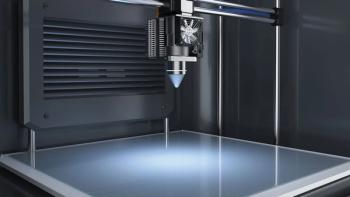
As a GMP manufacturing method, 3D printing offers benefits for modified release and personalized dosages.
Jennifer Markarian is manufacturing reporter for Pharmaceutical Technology.

As a GMP manufacturing method, 3D printing offers benefits for modified release and personalized dosages.

Twin-screw granulation process insight is growing as researchers employ new analytical technologies and investigate new ways to use the equipment.

Flexible and efficient methods are needed for biopharmaceutical manufacturing.

Collaboration and new tools aid efforts to implement new processing technologies for small-molecule drug product manufacturing.
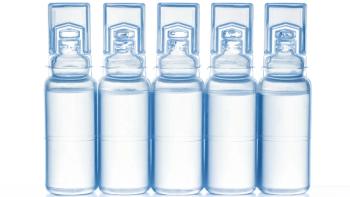
The continuous, aseptic fill/finish process is finding use in vaccines and biologic drugs.

PharmTech interviewed Sartorius about SUS innovations and trends.

CDMOs offer expertise and capacity for spray drying.

Although there are challenges to be addressed, the digital transformation of equipment has begun.

The benefits of digitalization in bio/pharmaceutical manufacturing were highlighted by speed and successful integration during the COVID-19 pandemic.

New processes, automation, and digitalization were highlighted in 2021.

Bio/pharmaceutical manufacturing harnesses the benefits of digital transformation.

Polpharma implemented digital technologies, including a digital twin of operations.
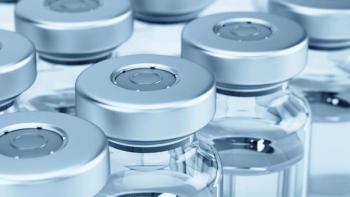
Isolators move into smaller-volume processes, including cell and gene therapy manufacturing.

Trends and technologies in pharmaceutical manufacturing were highlighted on the show floor and in the conference sessions on the INTERPHEX Innovation Stage.

Gernot Warnke, Head of R&D, JRS Pharma, spoke about excipients and how these relate to feeding in batch and continuous manufacturing.

Sharon Nowak, Business Development Manager, Coperion K-Tron USA Food & Pharmaceutical Industries spoke about feeding equipment in solid-dosage drug manufacturing.

Fernando Muzzio, PhD, Distinguished Professor of Chemical and Biochemical Engineering at Rutgers University, spoke about trends in continuous manufacturing of OSD drugs.

Johannes Khinast, PhD, Institute for Process and Particle Engineering in the Research Center Pharmaceutical Engineering (RCPE) at the Graz University of Technology in Austria, spoke about continuous manufacturing of OSD drugs.

Dave DiProspero, director of Pharmaceutical Process Technology at CRB, spoke about equipment trends in solid-dosage drug manufacturing.

Best practices help mitigate generic drug shortages.

A new GMP facility in Raleigh, NC, and a starting materials facility in Paris, France, give Cellectis end-to-end, in-house manufacturing capacity for its UCART product candidates.
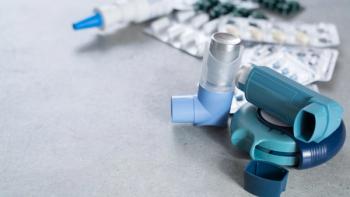
Experts share best practices in designing, manufacturing, and scaling up dry powder inhaler and metered dose inhaler drug–device combination products for inhalation drug delivery.
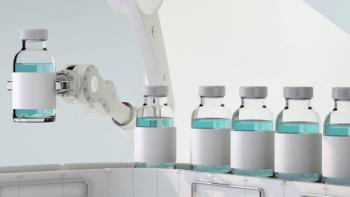
Conventional and robotic automation inside closed systems reduces risk.
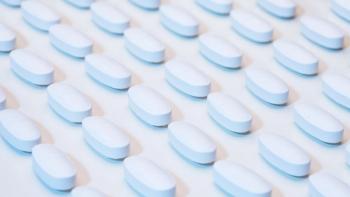
Evolving equipment designs meet the unique needs of continuous processing techniques.
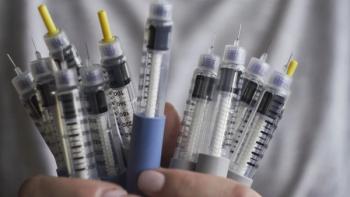
Considering interactions and understanding regulatory requirements are crucial when developing a drug or biologic product for use with a medical device.

EFSA’s evaluation of risk in food products raises implications for drug product formulations.

When designing and manufacturing a pMDI or DPI combination drug-delivery device, the commercial stage should be kept in mind from the beginning of development.

Mechanistic models provide process understanding for developing robust manufacturing processes and for scale up and tech transfer.

Modeling the manufacturing process benefits both development and operations.

Sterile manufacturing of small batches, in facilities including hospital compounding pharmacies and 503b outsourcing facilities, benefits from automation.

Published: November 2nd 2020 | Updated:

Published: February 10th 2022 | Updated:

Published: May 17th 2021 | Updated:

Published: November 2nd 2021 | Updated:

Published: November 15th 2021 | Updated:

Published: September 13th 2021 | Updated: